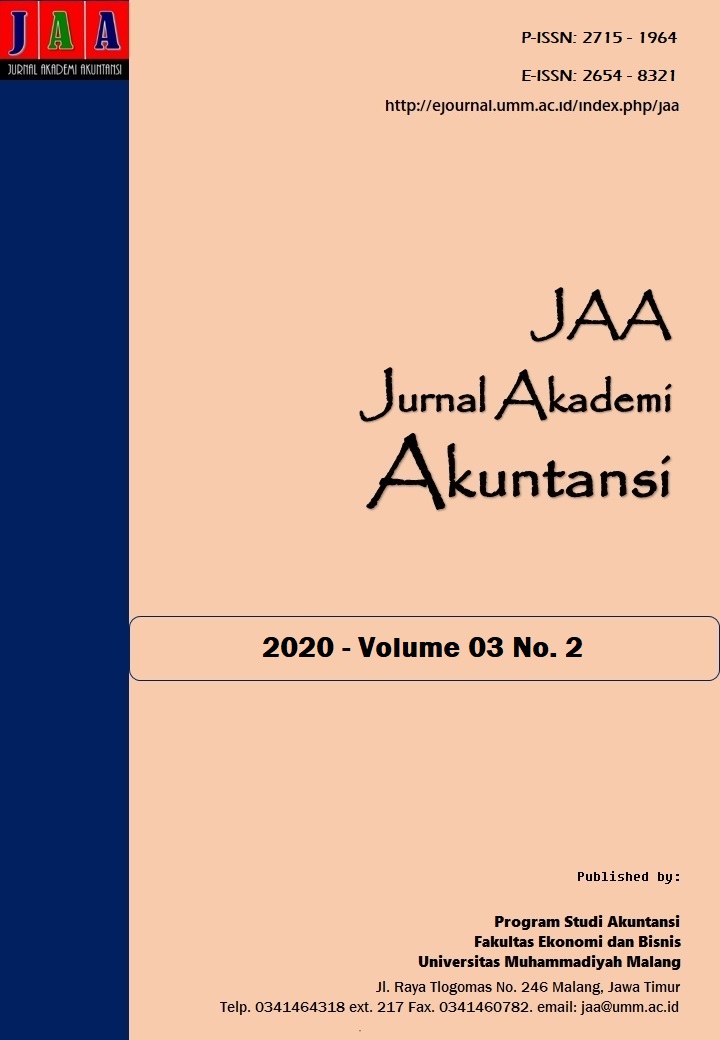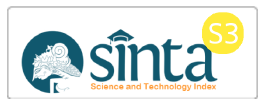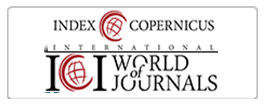PEMUTAKHIRAN NILAI INDIKASI RATA-RATA DAN IMPLIKASINYA TERHADAP BESARAN PAJAK BUMI DAN BANGUNAN PERDESAAN DAN PERKOTAAN (Studi Di Kabupaten Blitar)
DOI:
https://doi.org/10.22219/jaa.v3i2.13943Keywords:
Average Indication Value, Land and Property of Rural and Urban Tax, Land Value Zone, Tax Object Sales Value, UpdatingAbstract
Land as the object of Land and Property of Rural and Urban Tax (PBB-P2) has always changed in value from time to time. Considering the land value as the basis for the imposition of PBB-P2, the land value in a certain period needs to be updated, so the determination of the amount of PBB-P2 is in accordance with the actual land value. The purpose of this study is to determine the level of change of the Average Indication Value (NIR) before and after updating and to determine the effect of the updating NIR on the PBB-P2. This study uses a quantitative approach. The data used are primary and secondary data obtained through observation and documentation. The updating results show that the NIR and the Tax Object Sales Value (NJOP) in each Land Value Zone (ZNT) as a whole have increased, and the increase in NIR is higher than NJOP. Wilcoxon Signed Rank Test on NIR changes before and after updating show a significant increase before and after updating. The PBB-P2 determination based on land valuation with NIR results is greater than the land valuation method using NJOP. NIR is better to represent land value in accordance with prevailing market conditions
Downloads
References
Ambarita, S., Subiyanto, S., & Yuwono, B. D. (2016). Analisis Perubahan Zona Nilai Tanah Berdasarkan Harga Pasar Untuk Menentukan Nilai Jual Objek Pajak (NJOP) dan Peningkatan Pendapatan Asli Daerah (PAD)(Studi Kasus: Kec. Semarang Timur, Kota Semarang). Jurnal Geodesi Undip, 5(2), 159-167.
Asyhab, K. S. (2014). Dampak Penerimaan Daerah Pajak Bumi Dan Bangunan Sektor Pedesaan Dan Perkotaan Berbasis Undang-Undang Nomor 28 Tahun 2009. Jurnal Ilmiah Akuntansi dan Humanika, 3(2).
Belmonte, A., Dell'Anno, R., & Teobaldelli, D. (2018). Tax morale, aversion to ethnic diversity, and decentralization. European Journal of Political Economy, 55, 204-223.
Burhan, B. (2005). Metodologi Penelitian Kuantitatif Komunikasi, Ekonomi, dan Kebijakan publik serta ilmu-ilmu sosial lainnya. Jakarta: Prenada Media.
Deviantari, U. W., Budisusanto, Y., & Arafah, F. (2016). Map Zone Land Changes To Monitoring Of Change The Value Of Land At District Rungkut. Geoid, 11(2), 122-132.
Deviantari, U. W., Budisusanto, Y., & Fadila, E. N. (2016). Analisa Perbandingan Nilai Tanah Dengan NJOP Untuk Meningkatkan Potensi PAD (Pendapatan Asli Daerah) Khususnya PBB dan BPHTB (Studi Kasus: Area Terdampak Akses Jembatan Suramadu Sisi Madura). Geoid, 12(1), 10-14.
Foldvary, F. E. (2012). An Austrian theory of spatial land. Advances in Austrian Economics: The Spatial Market Process. Bingley: Emerald, 3-23.
Franzsen, R. C. (1995). Viability of a rural land tax in South Africa. Property Management.
Indonesia. (2009). Undang-Undang Republik Indonesia Nomor 28 Tahun 2009 tentang Pajak Daerah dan Retribusi Daerah: Eko Jaya.
Judisseno, R. K. (2004). Perpajakan. Edisi Revisi. Gramedia: Jakarta.
Prasetya, N. A., & Sunaryo, P. B. (2013). Faktor-faktor yang mempengaruhi harga lahan di kawasan Banjarsari kelurahan Tembalang, Semarang. Teknik PWK (Perencanaan Wilayah Kota), 2(2), 223-232.
Rachmawati, F., Sudarsono, B., & Awaluddin, M. (2013). Analisis Perubahan Nilai Tanah Akibat Aktivitas Penambangan Batu Kapur Di Kecamatan Gunem Kabupaten Rembang. Jurnal Geodesi Undip, 2(2).
Ratnawati, J., & Hernawati, R. I. (2016). Dasar-Dasar Perpajakan: Deepublish.
Sugiyono, S. (2009). Metode Penelitian Kuantitatif, Kualitatif dan R&D, Cetakan 8. Alfabeta, Bandung.
Whipple, R. T. M. (1995). Relationship between land values and uses in Sydney′ s central area. Journal of Property Finance.
Yang, Z. (2018). Differential effects of land value taxation. Journal of Housing Economics, 39, 33-39.
Downloads
Published
Issue
Section
License
Copyright (c) 2020 Sudjatno Sudjatno

This work is licensed under a Creative Commons Attribution-NonCommercial-ShareAlike 4.0 International License.
Jurnal Akademi Akuntansi is licensed under a Creative Commons Attribution-NonCommercial-ShareAlike 4.0 International License.
Authors who publish with this journal agree to the following terms:
- Authors retain copyright and grant the journal right of first publication with the work simultaneously licensed under a Creative Commons Attribution-NonCommercial-ShareAlike 4.0 International License that allows others to share the work with an acknowledgment of the work's authorship and initial publication in this journal.
- Authors are able to enter into separate, additional contractual arrangements for the non-exclusive distribution of the journal's published version of the work (e.g., post it to an institutional repository or publish it in a book), with an acknowledgment of its initial publication in this journal.
- Authors are permitted and encouraged to post their work online (e.g., in institutional repositories or on their website) prior to and during the submission process, as it can lead to productive exchanges, as well as earlier and greater citation of published work (See The Effect of Open Access).
Jurnal Akademi Akuntansi dilisensikan di bawah lisensi Creative Commons Attribution-NonCommercial-ShareAlike 4.0 International.
Penulis yang menerbitkan artikel di jurnal ini menyetujui ketentuan berikut:
- Penulis mempertahankan hak cipta dan memberikan hak jurnal atas publikasi pertama dengan karya yang secara serentak dilisensikan di bawah Lisensi Pengaitan Creative Commons yang memungkinkan orang lain untuk berbagi karya dengan pengakuan atas karya penulis dan publikasi awal dalam jurnal ini.
- Penulis dapat masuk ke dalam pengaturan kontrak tambahan yang terpisah untuk distribusi non-eksklusif versi karya jurnal yang diterbitkan (misalnya, mempostingnya ke repositori institusional atau mempublikasikannya dalam sebuah buku), dengan pengakuan publikasi awalnya di jurnal ini.
- Penulis diizinkan dan didorong untuk memposting pekerjaan mereka secara online (misalnya, di repositori institusional atau di situs web mereka) sebelum dan selama proses pengajuan, karena dapat mengarah pada pertukaran produktif, serta kutipan pekerjaan sebelumnya dan yang lebih besar (Lihat Pengaruh Akses Terbuka).
























